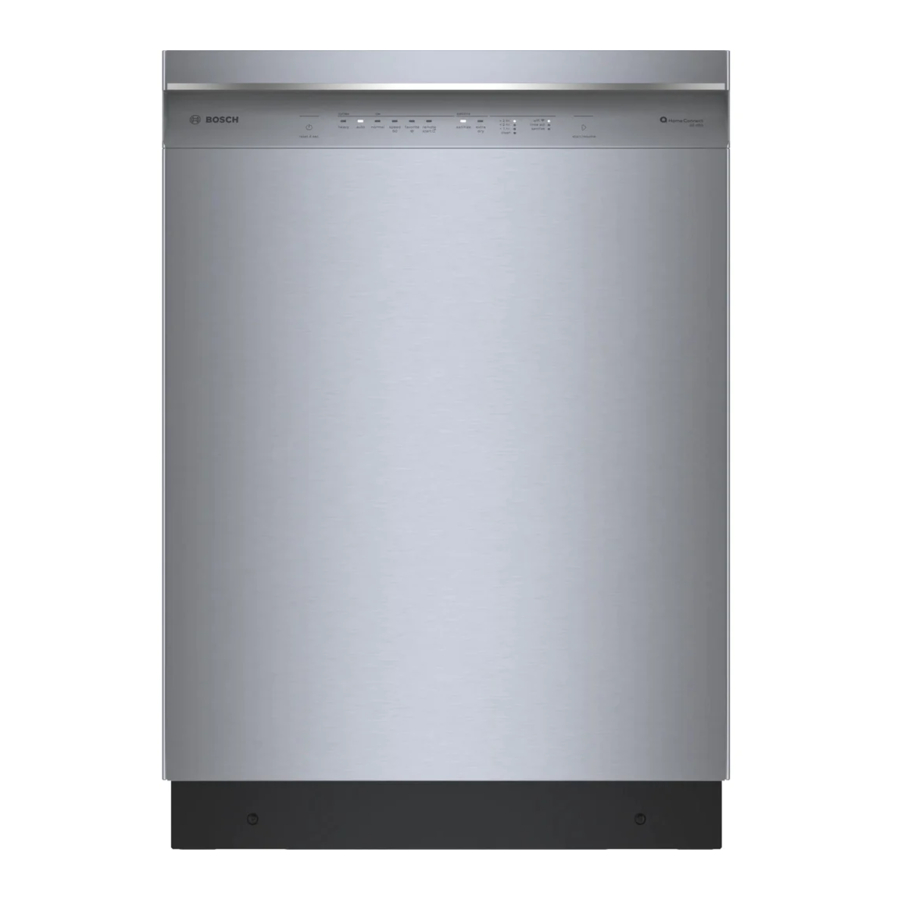Bosch FAP-OC 500Series Інструкція з використання та догляду - Сторінка 16
Переглянути онлайн або завантажити pdf Інструкція з використання та догляду для Пральна машина Bosch FAP-OC 500Series. Bosch FAP-OC 500Series 21 сторінка. Built-in wall ovens
Також для Bosch FAP-OC 500Series: Інструкція з монтажу Посібник з монтажу (21 сторінок), Інструкція з використання Посібник з використання (40 сторінок), Посібник з монтажу (6 сторінок), Інформація про продукт (40 сторінок), Посібник з монтажу (28 сторінок), Посібник користувача (48 сторінок), Посібник користувача (48 сторінок), Посібник з монтажу (28 сторінок), Інструкція з використання та догляду (44 сторінок), Посібник з монтажу (32 сторінок), Посібник з експлуатації та догляду / Інструкція з монтажу (40 сторінок), Короткий довідник (4 сторінок), Інструкція з використання та догляду (27 сторінок), Посібник з монтажу (24 сторінок), Посібник з монтажу (32 сторінок), Інструкція з використання та догляду (24 сторінок), Посібник з монтажу (28 сторінок), Посібник з експлуатації (41 сторінок), Посібник з монтажу (32 сторінок), Посібник з експлуатації (36 сторінок), Посібник з монтажу (32 сторінок), Посібник із швидкого запуску та техніки безпеки (13 сторінок)

